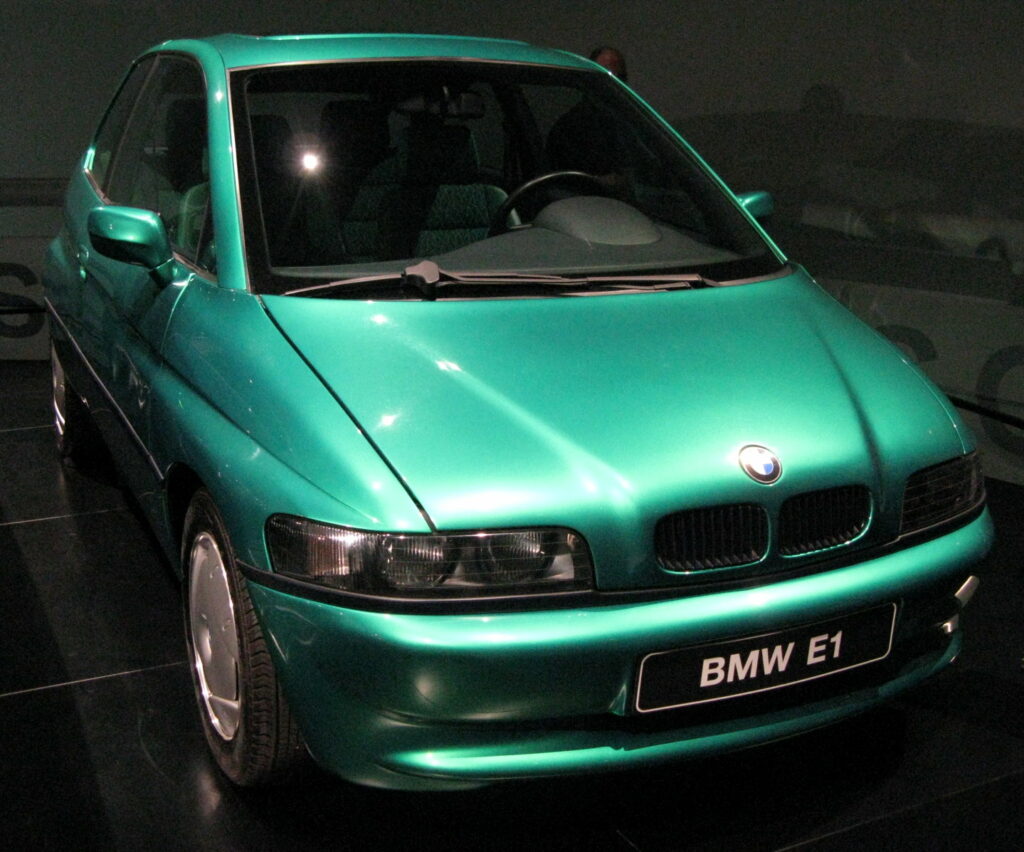The Gradual Evolution

After a promising start in the closing decade of the 19th century, the development of electric road vehicles – and to a lesser extent, the adoption of electric power in other spheres of transport – has been a slow process (writes Lawrence Butcher). The main stumbling block has been the means of storing or generating electricity.
Range has always been a challenge, with battery technology lagging behind the potential of e-motors to match IC engines. In the earliest days of the automobile, there was a host of electric offerings. Some, such as the speed record car of Camile Jenatzy, eclipsed the performance of the internal combustion competition in 1899.
Despite these early gains, the IC engine rapidly became the power unit of choice for road vehicles, and it would not be until the 1950s that major car makers started to reconsider the appeal of EVs. It would still take another 60 years though before pressure to reduce emissions, and the arrival of lithium-ion batteries, would see electric automobiles start to gain widespread adoption.
It is worth looking at the journey taken by one manufacturer, BMW, to highlight the path towards the current state of play, where electric cars are a practical reality.
BMW’s first foray into electric automobile drivetrains began in 1972, at the time of the Olympic Games in Munich. It took two, 1602 saloon cars and fitted them with electric drives to act as support vehicles for events such as the marathon.
The cars used DC shunt motors, with an output of 32 kW and giving a top speed of 90 kph. Instead of an IC engine though, the front of the cars housed a pallet of 12, 12 V lead-acid batteries, which could give an average range of 30 km under urban driving conditions. The problem was that the batteries weighed 350 kg which, coupled with the limited range, meant series production was not feasible.
That was not the end for BMW’s electric experimentation though, and in 1975 it developed a prototype vehicle based on an LS model. This car was a more integrated solution than the 1620s.
A newly developed DC series-wound motor from Bosch was used, coupled to 10 lead-acid batteries from Varta that were fitted with a system dubbed Aquamatic (which is still in use), to allow for centralised refilling of water and degassing.
A notable development was the addition of an onboard charging system, which allowed the batteries to be charged in a sprightly 14 hours. The car also had a regenerative braking capability on the rear axle. Unfortunately, despite these innovations, it had a top speed of only 65 kph and a range of less than 30 km.
Fast forward to 1987, and BMW returned once again to electric power with the production of eight 325iX saloons as a testbed for the then new sodium-sulphur batteries, developed by ABB specifically for use in electric vehicles. These had three times the energy density of lead-acid batteries and as a result, when coupled to a 22 kW DC motor, gave a range of 90 km and a top speed of 60 kph. Most significant was the use of an integrated onboard controller for the electrical systems, which managed battery charging, energy flow between battery and motor, and thermal regulation.
The work with the 3-series paved the way for the E1 concept in 1991. This was a dedicated EV from the outset that carried many of the features associated with a contemporary electric car. The car’s development was driven partly by a demand by legislators in California that 2% of new cars sold had to be EV, and at the time of its launch, road testers of the prototype lauded it as “the first practical electric car”.
It featured all the traits that make an effective EV, not least a lightweight aluminium chassis, clad in plastic composite bodywork, which helped give it a weight of only 900 kg, despite a near-200 kg battery pack. The 19.2 kWh sodium-sulphur battery pack gave a claimed range of 200 km, and although far from quick, its 32 kW motor (mounted on the rear axle) gave decent city performance.
ONLINE PARTNERS





















